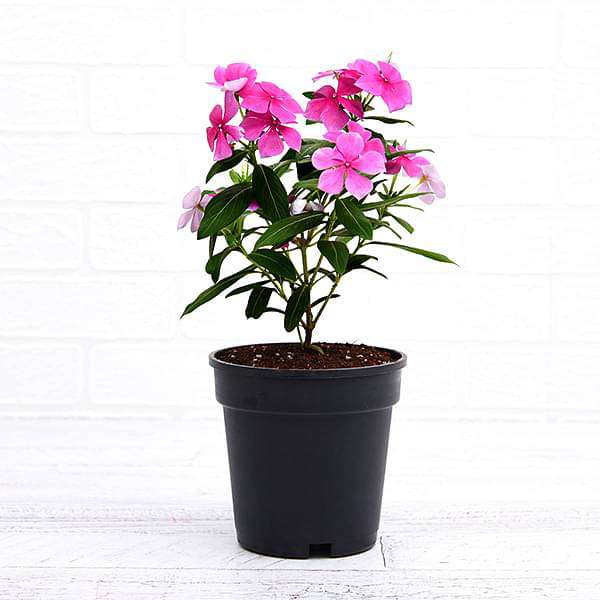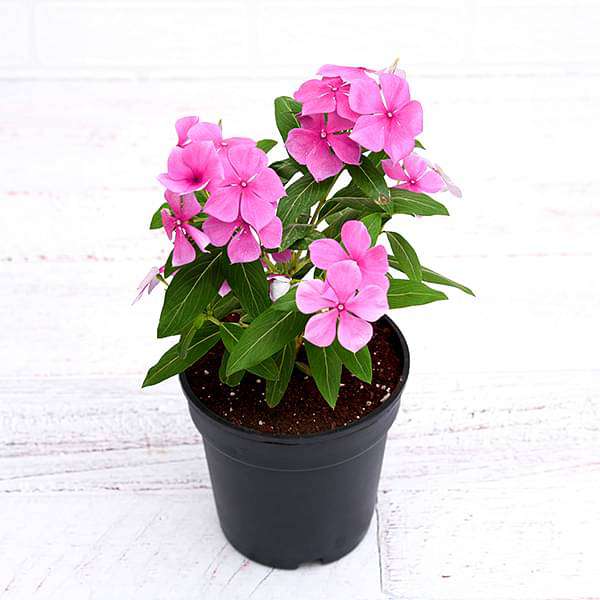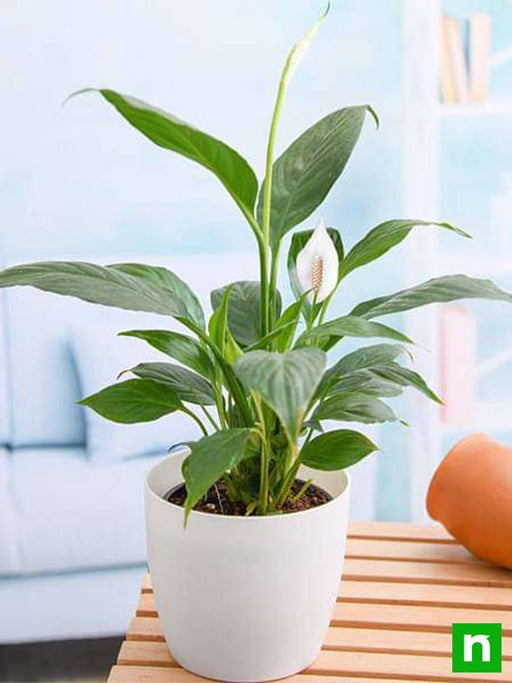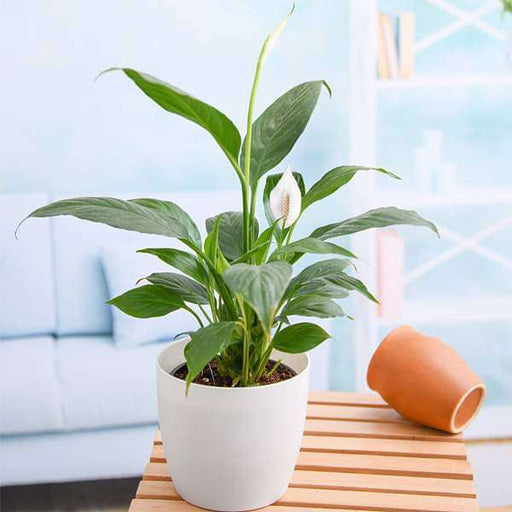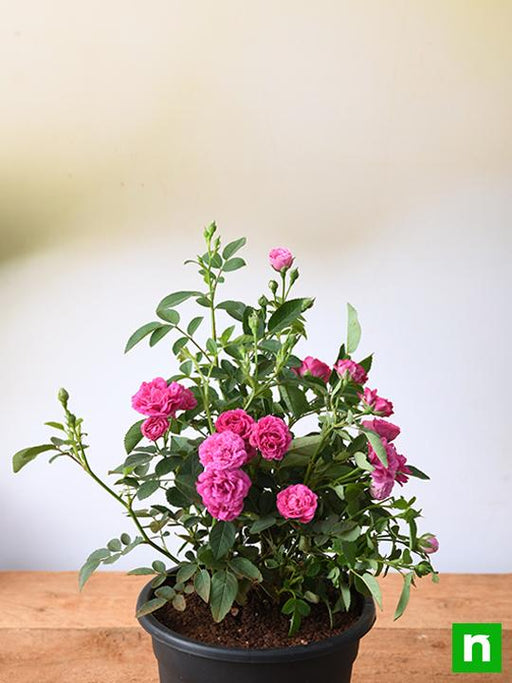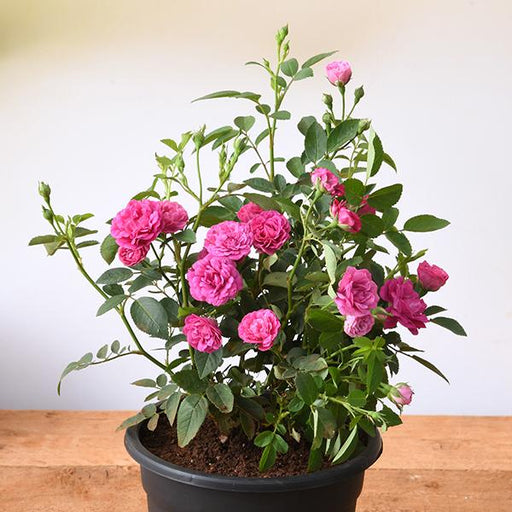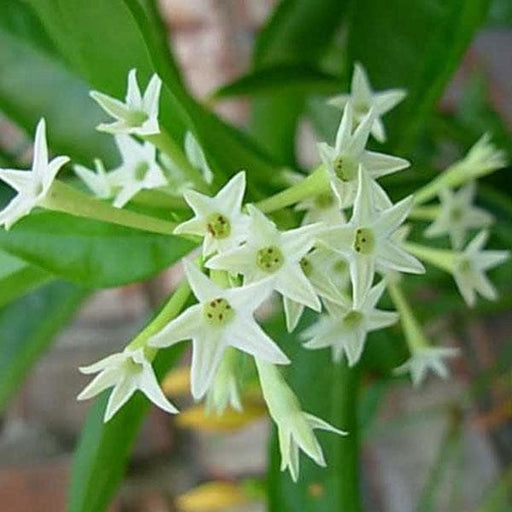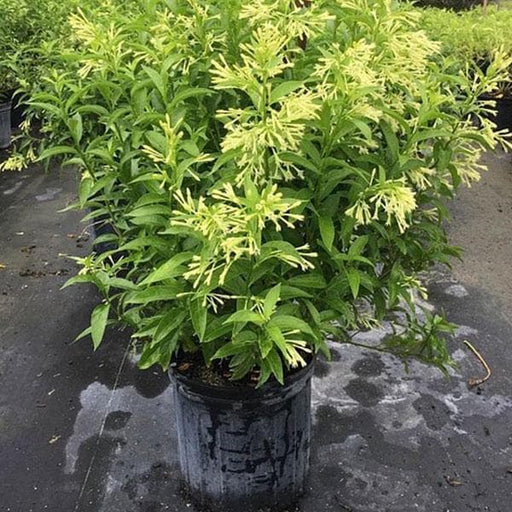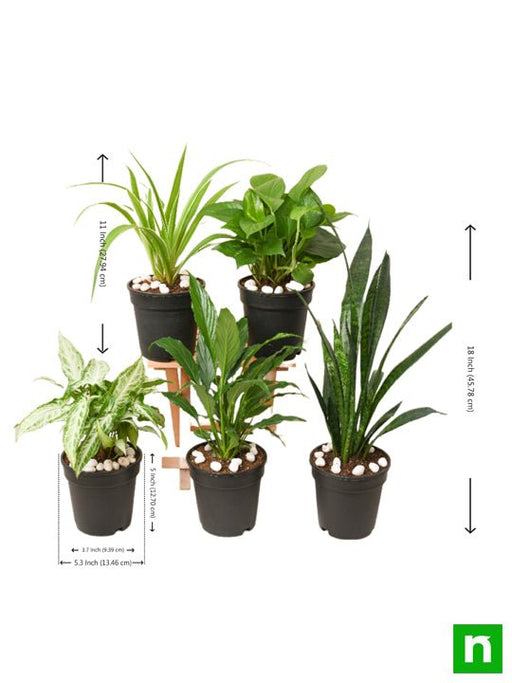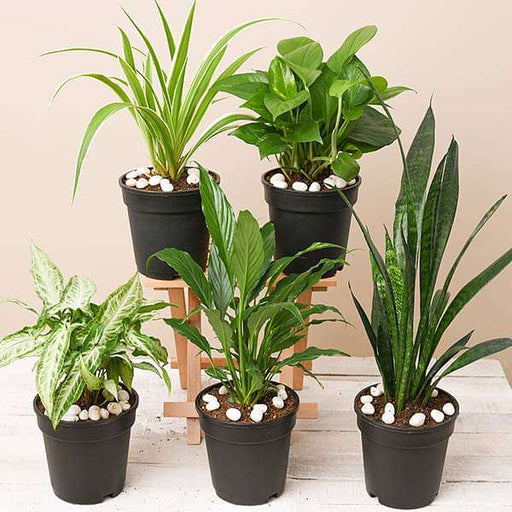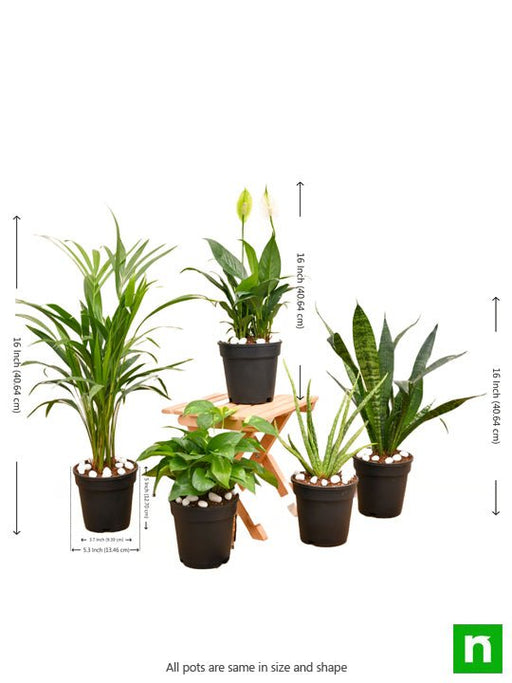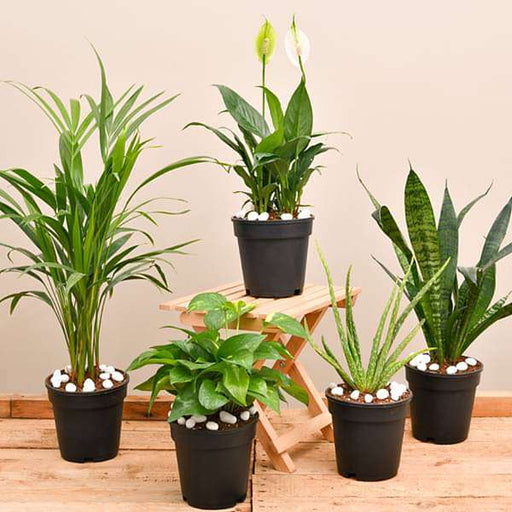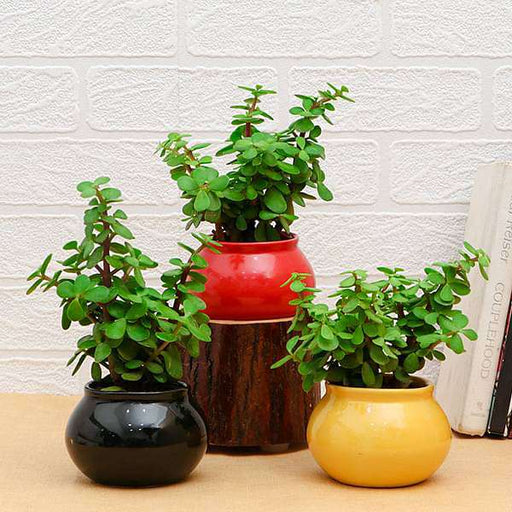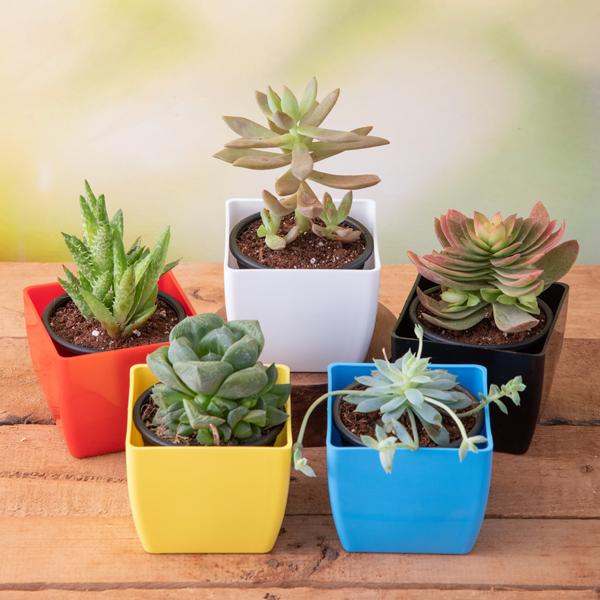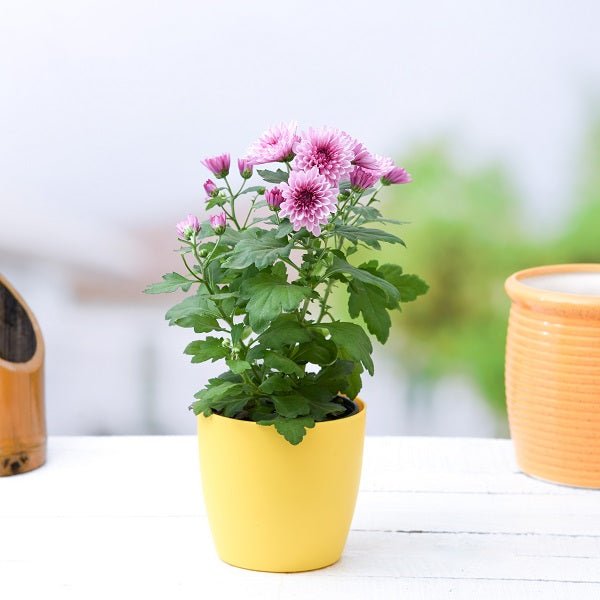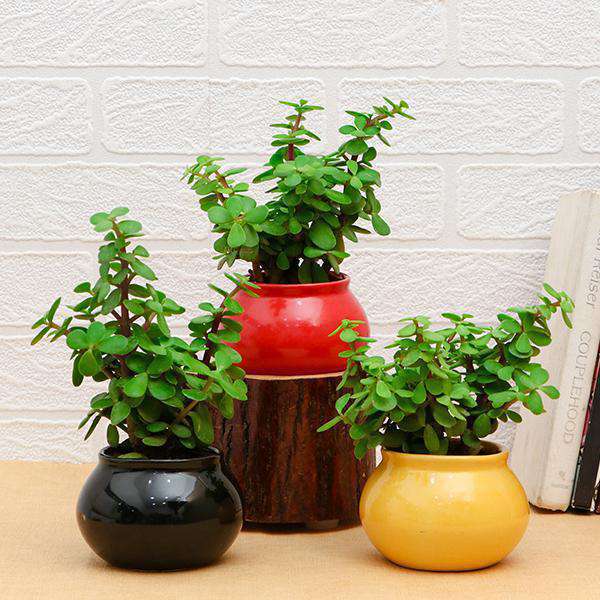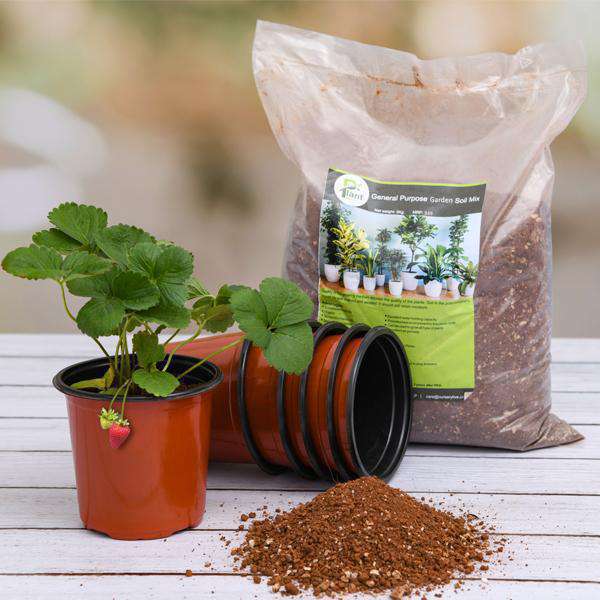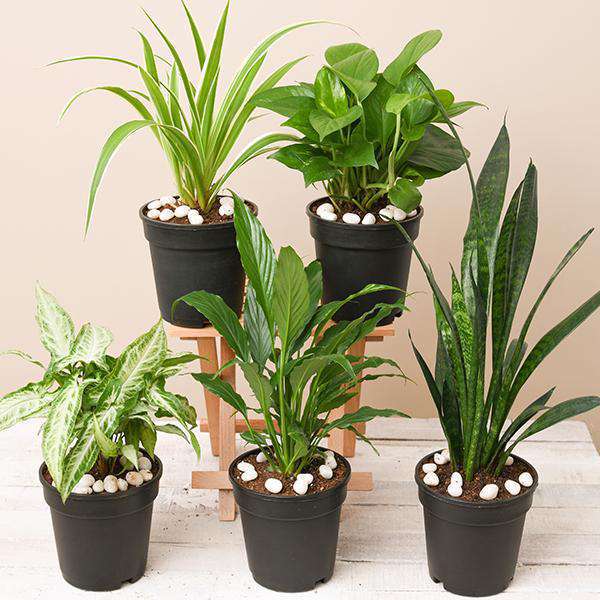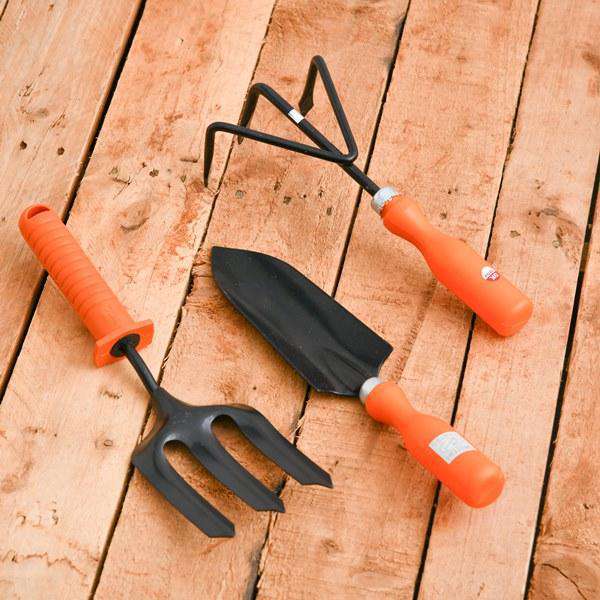Vinca Plant Care
If you think caring for a Vinca is like raising a teenager, think again! These resilient little beauties thrive on neglect. Just give them a sunny spot, some well-draining soil, and a sprinkle of water now and then. They’ll reward you with vibrant blooms that scream, “Look at me!” So, put down that plant care manual and embrace the carefree life of a Vinca parent.
Catharanthus Roseus Benefits
Meet the overachiever of the plant world! Catharanthus roseus, or Vinca, isn’t just a pretty face; it’s a powerhouse of medicinal properties. Traditionally used in herbal medicine, it’s known for its cancer-fighting alkaloids. So, while you’re admiring its lavender petals, remember it’s also out there battling the big C. Talk about multitasking!
Vinca Flower Colors
Vinca flowers are like the fashionistas of the garden, flaunting a dazzling array of colors. From soft lavenders to bold pinks and whites, they know how to make a statement. It’s like a garden party where every flower is dressed to impress. So, if you’re looking to add some pizzazz to your landscape, Vinca is your go-to style icon.
Vinca Plant Propagation
Propagating Vinca is easier than convincing your friend to binge-watch a new series. Just snip a stem, pop it in water or soil, and watch it grow! In no time, you’ll have a mini Vinca army ready to take over your garden. It’s like cloning, but way less sci-fi and way more fun!
Vinca Pest Control
Vinca plants are like the bouncers of the garden, keeping pests at bay with their tough leaves. But if those pesky aphids or spider mites dare to crash the party, don’t fret! A simple spray of insecticidal soap or neem oil will send them packing. Your Vinca will be back to its fabulous self in no time, ready to strut its stuff.
Vinca Sun Requirements
Vinca is a sun worshipper, soaking up rays like it’s on a tropical vacation. These plants thrive in full sun, so don’t be shy about giving them the spotlight. Just remember, too much shade is like a bad hair day for them. Keep them basking in the sunshine, and they’ll reward you with blooms that are the envy of the neighborhood.
Vinca Soil Preferences
Vinca is not picky about its soil, but it does have standards. Well-draining soil is a must; think of it as the VIP section of the garden. They don’t want to sit in soggy soil, so mix in some sand or perlite to keep things airy. With the right soil, your Vinca will flourish like it just won the plant lottery.
Vinca Watering Needs
Watering Vinca is like giving a cat a bath—do it too much, and you’ll regret it. These plants prefer to dry out between waterings, so let them sip slowly rather than guzzle. A good rule of thumb is to check the soil; if it’s dry an inch down, it’s time for a drink. Your Vinca will thank you with a burst of blooms!
Vinca Companion Plants
Vinca loves a good garden party, and it’s always on the lookout for fabulous companions. Pair it with marigolds, petunias, or even ornamental grasses for a stunning display. Just like a good friend, Vinca plays well with others and adds a splash of color to any floral arrangement. So, invite some friends to the garden and let the good times roll!
Vinca Disease Resistance
Vinca is like the superhero of the plant world, boasting impressive disease resistance. While other plants might crumble at the first sign of trouble, Vinca stands tall and proud. Fungal infections? Not on its watch! With a little care, your Vinca will remain healthy and vibrant, ready to take on whatever the garden throws its way.
Vinca Landscape Uses
Vinca is the versatile star of the landscaping world, fitting in anywhere from borders to hanging baskets. Its trailing vines and vibrant blooms can transform any dull space into a floral wonderland. Whether you’re looking to add some color to your garden beds or create a stunning container display, Vinca is the go-to plant that never disappoints.
